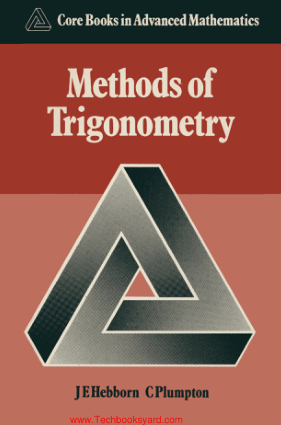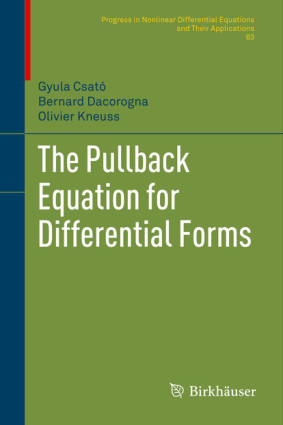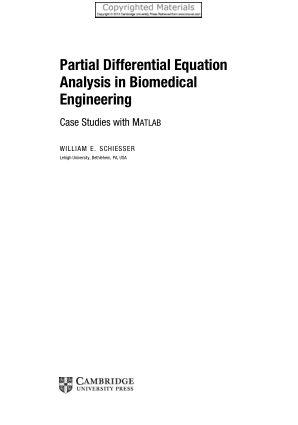Contents
Preface
1 Trigonometric functions
Some definitions ; Set-square angles ; Consequences of Pythagoras’
theorem ; Exercise I
2 Trigonometric identities 13
Compound-angle identities ; The double-angle identities ; The half-angle
identities; The factor formulae ; Exercise 2
3 Trigonometric equations and their solution 20
The expression a cos () + b sin 0 ; The equation a cos () + b sin () = c;
Exercise 3
4 Other topics 28
Approximations for small angles; Inverse trigonometric functions ; The
sine and cosine rules ; The area of a triangle ; Exercise 4
Answers 36
Index 37
Preface
Advanced level mathematics syllabuses are once again undergoing changes in
content and approach following the revolution in the early 1960s which led to
the unfortunate dichotomy between ‘modern ‘ and ‘ traditional’ mathematics.
The current trend in syllabuses for Advanced level mathematics now being
developed and published by many GCE Boards is towards an integrated
approach, taking the best of the topics and approaches of modern and traditional
mathematics, in an attempt to create a realistic examination target
through syllabuses which are maximal for examining and minimal for teaching .
In addition, resulting from a number of initiatives, core syllabuses are being
developed for Advanced level mathematics consisting of techniques of pure
mathematics as taught in schools and colleges at this level.
The concept of a core can be used in several ways, one of which is mentioned
above, namely the idea of a core syllabus to which options such as theoretical
mechanics, further pure mathematics and statistics can be added . The books
in this series are core books involving a different use of the core idea. They
are books on a range of topics, each of which is central to the study of Advanced
level mathematics, which together cover the main areas of any single-subject
mathematics syllabus at Advanced level.
Particularly at times when economic conditions make the problems of
acquiring comprehensive textbooks giving complete syllabus coverage acute,
schools and colleges and individual students can collect as many of the core
books as they need to supplement books they already have, so that the most
recent syllabuses of, for example, the London, Cambridge, AEB and JMB GCE
Boards can be covered at minimum expense. Alternatively, of course , the
whole set of core books gives complete syllabus coverage of single-subject
Advanced level mathematics syllabuses.
The aim of each book is to develop a major topic of the single-subject syllabuses
giving essential book work, worked examples and numerous exercises
arising from the authors’ vast experience of examining at this level. Thus,
as well as using the core books in either of the above ways, they are ideal for
supplementing comprehensive textbooks by providing more examples and
exercises, so necessary for the preparation and revision for examinations.
In this particular book we cover the requirements of non-specialist mathematicians
in basic trigonometry in accordance with the core syllabus of pure
mathematics now being included by GCE Examining Boards . It also meets the
requirements of the polytechnics and universities for entrants to degree courses
in mathematics-related subjects . No previous knowledge of trigonometry is
assumed; that is, the basic definitions are stated and the standard results are
derived , some by means of worked examples. While inevitably lacking experience,
the student should try to acquire and appreciate good technique, so that
more difficult problems may be tackled with confidence. Only the most elementary
knowledge of coordinates and the theorem of Pythagoras have been
assumed.
Confidence in using calculators which contain the trigonometric functions
and their inverses is essential both at ‘A’ level and beyond. No reference is
made to trigonometric tables in this book . The calculator is here to stay and
we must use it accurately where appropriate. Plenty of GCE-type examples
are provided throughout the book, both as exercises and as part of the text.



